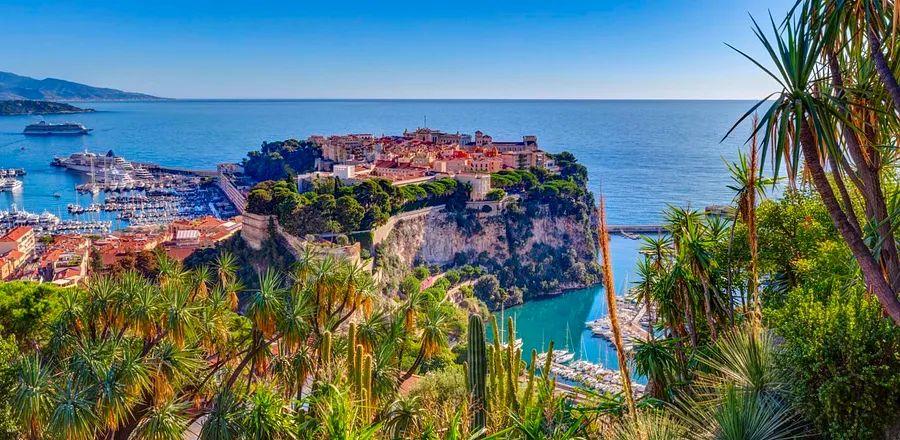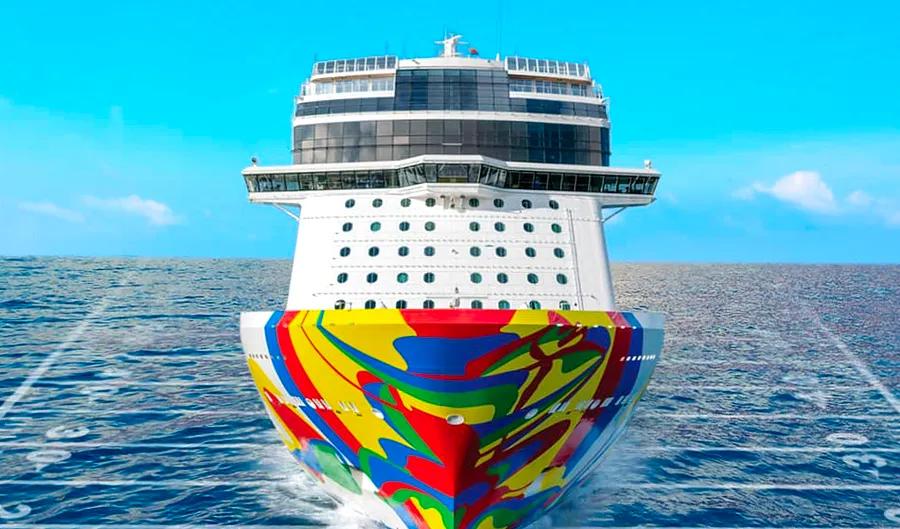Exploring Hidden Gems in Monaco

Monaco, often seen as a playground of luxury, conceals many delightful surprises away from the bustling casinos and extravagant yachts of Monte-Carlo, its most renowned district. A deeper dive into this Mediterranean gem unveils a rich tapestry of culture that challenges its modern-day image. This tiny nation, measuring less than a square mile, is a fascinating blend of French and Italian influences, inviting travelers to linger and discover rather than just pass through.
Discovering the less-traveled corners of Monaco—lively markets, serene gardens, and stunning architectural sites—reveals the principality's vibrant cultural diversity, showcasing a more profound, multicultural essence. With a population representing 139 nationalities, Monaco boasts its own unique language, Múnegu, which fuses elements of Ligurian, French, Provençal, and Spanish. This captivating blend enriches Monaco’s cultural landscape, and exploring beyond the usual tourist spots provides a more genuine and immersive experience.
Savor Local Flavors in the La Condamine District

Image courtesy of Visit Monaco
To immerse yourself in traditional Monaco, delve into the lively ambiance of La Condamine. Its architectural charm, featuring arcades and vibrant façades, reflects the classic style of the French Riviera. Make sure to visit the bustling market at Place d’Armes, where you'll find café terraces and newspaper stalls. With around 20 vendors inside the market halls, you can sample local produce and specialties from Monaco, Italy, and beyond. Open daily, it also showcases local traders, market gardeners, and florists. Don’t miss out on tasting Monegasque delights like socca, a savory crepe made from chickpea flour.
Set aside some time to visit La Distillerie de Monaco, the principality’s inaugural distillery. It focuses on handcrafted liqueurs such as L’Orangerie, crafted from locally sourced oranges. Savor it chilled, over ice, or blended with prosecco for a refreshing Monaco spritz.
Stroll Through the Historic Old Town

Image courtesy of Visit Monaco
Explore the Old Town, a historic area situated atop the iconic Rock of Monaco, offering stunning views of the Mediterranean Sea. This district is home to the Grimaldi family’s residence, the 13th-century Prince’s Palace, which has recently reopened following renovations. Start your visit at the Place du Palais to witness the Changing of the Palace Guard—a daily military ceremony marked by precision and solemnity at 11:55 a.m.
Wander through the narrow medieval streets until you reach the Club Bouliste Monégasque. Nestled near the Oceanographic Museum, this cozy eatery serves authentic local cuisine. Enjoy traditional dishes like barbajuans, savory fritters stuffed with Swiss chard. Open daily to the public, it’s a wonderful spot to indulge in local culinary treats, even if you’re not a pétanque player.
The Saint-Martin Gardens, Monaco’s first public garden established in 1816, features a variety of Mediterranean and exotic plants along its steep, winding paths near the palace. This tranquil oasis provides several peaceful spots to relax and take in breathtaking sea views.
Adjacent to the gardens is the Cathedral of Monaco, the final resting place of Prince Rainier III and Princess Grace. Built in 1875 from limestone sourced from La Turbie in southeastern France, this Roman-Byzantine architectural gem contains the tombs of former princes, exquisite artworks, and a retable by French artist Louis Bréa dating back to 1500.
Discover the Green Spaces of Fontvieille
Fontvieille, the westernmost district of Monaco, is a relatively new addition to the principality. Constructed primarily on reclaimed land and designed by Italian engineer Gianfranco Gilardini, it represents one of Monaco's latest neighborhoods. With its charming harbor filled with boats and scenic waterfront restaurants, Fontvieille offers delightful strolls set against the dramatic cliffs of The Old Town.
No visit to Fontvieille is complete without exploring the Princess Grace Rose Garden. Created by Prince Rainier III in tribute to his wife, this English-style garden features olive trees and boasts over 315 varieties of roses. Additionally, take a stroll along the Fontvieille Sculpture Trail, an outdoor gallery that showcases works by esteemed artists such as Rodin, Bourdelle, Léger, and others.
Enjoy the Beach in the Larvotto District

Image courtesy of Visit Monaco
For beach enthusiasts, a visit to Larvotto is essential. Located in the easternmost part of Monte Carlo, it’s a prime spot within the principality. Start by exploring the area around the Grimaldi Forum, Monaco's primary convention and cultural hub. Then, take a peaceful stroll through the Japanese Garden, designed by Yasuo Beppu, where you can admire bamboo hedges, imported stones, artfully pruned plants, and serene Zen elements like ponds, waterfalls, and a tea house. Watch koi fish glide gracefully among the water lilies.

Image courtesy of Visit Monaco
In Larvotto, you’ll also discover Villa Sauber, a stunning architectural treasure from the Belle Époque era. Acquired by painter Robert Sauber in 1904, its precise construction date remains unknown. Now owned by the Monegasque State, the villa hosts contemporary art exhibitions as part of the New National Museum.
Finally, relish the enchanting Larvotto Beach along Avenue Princesse Grace. This beautifully renovated seaside destination features a shaded promenade and upgraded beaches. Soak up the sun and feel the cool Mediterranean waters at one of the four private beaches: La Rose des Vents, Le Neptune, La Note Bleue, or Le Miami. Treat yourself to ice cream from the Mullot parlor and enjoy it under the swaying palm trees' refreshing shade.
Appreciate the Architecture in the Exotic Garden District
Where the Alps meet the Mediterranean, discover the Exotic Garden of Monaco, a stunning botanical garden spanning over 49,000 square feet, perched on a rocky cliff. Known for its terraced gardens and breathtaking Mediterranean views, it features an impressive collection of succulents, including around a thousand varieties of cacti.
Next, visit Villa Paloma, a contemporary cultural center that showcases vibrant art exhibitions as part of the New National Museum of Monaco. This 19th-century villa beautifully merges contemporary art with captivating history and lush gardens, offering a rich experience for art lovers.
Wrap up your architectural journey with a leisurely stroll westward along Boulevard du Jardin Exotique. The Simona Building, designed by architect Jean-Pierre Lott in 2012, boasts unique features such as green walls and a harmonious mix of vertical lines and curves crafted from glass and metal. Nearby, Villa Troglodyte, also by Lott, seamlessly integrates a luxury home into a rocky promontory, preserving the natural landscape. Continue west to Villa Ispahan, notable for its Persian-style facade adorned with colorful stained-glass windows and intricate marble mosaics, reflecting the principality’s hidden heritage.

1

2

3

4

5
Evaluation :
5/5